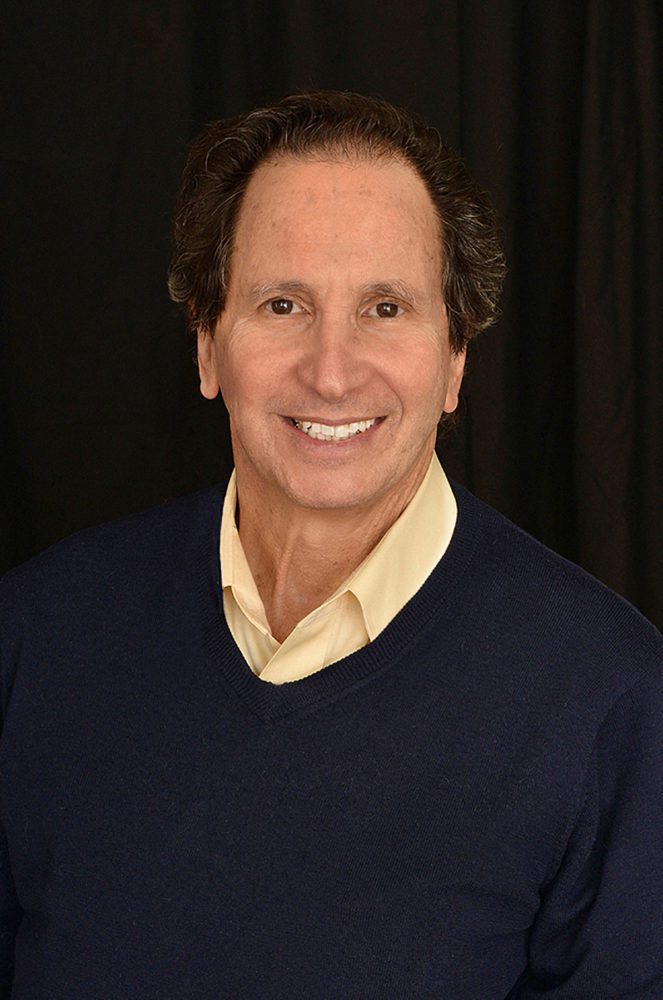Making the Case for City Lore
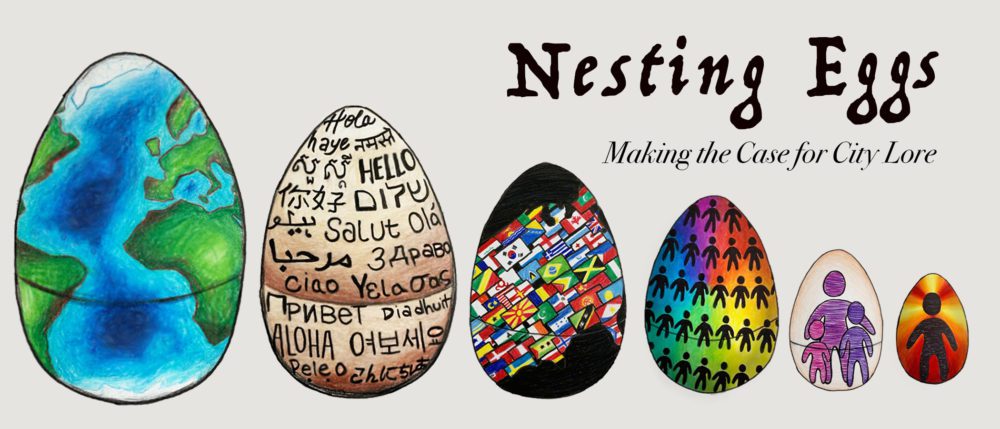
The interview was ending. I was anxious to get on with my day. But the interviewer had one last question. It came out of the blue: “So what is your hope for the future?”
As I pondered the question, it occurred to me that there is something even more precious to me than the goals I work toward as the director of City Lore, New York’s center for urban folk culture. Founded in 1985, City Lore works to preserve places that matter, highlight the work of traditional artists, document stories, bring community-based and folk artists into schools, project poems from our POEMobile, and operate a gallery. Our mission is to foster New York City—and America’s—living cultural heritage.
Yet my hope for the future, and the reason City Lore is central to our collective future and worthy of your support, goes beyond this mission. My hope is that each soul whose existence happens to manifest itself on the planet will continue through the generations to bring something new into the world, to retain their individuality, to develop their own sense of humor, and to tell their unique story in a distinctive way. Indeed, I was inspired to become a folklorist because of the expressions and humor I share with my brothers. (We still address one another with “Yo, Sire”; and when someone once asked my brother Murray why, he answered, “Respect.”) These expressions were the “language of us,” as the writer Virginia Randall notes.
Joseph Albert Elie Joubert from Quebec’s Abnaki tribe suggests that “the secrets of our culture lie hidden within our language.” I have come to think of the layers of our existence as the set of nesting (matryoshka) dolls that sit in my tchotchke cabinet at home. I imagine the doll within a doll within a doll, first created in Russia in 1892—or the similar brightly colored eggs—as our fragile blue-and-green planet, nesting diverse languages, nesting diverse cultural groups, nesting communities, nesting families, and, finally, nesting the smallest doll, the distinctive individual. Today we witness a corporate assault on each and all of these meaningful layers of our existences.

Languages nested in our blue-and-green planet. Half of the world’s languages will disappear in this century. Scholars have shown that the areas of the world where languages are disappearing are often the same once-isolated areas where plant and animal species are disappearing. So there is a simultaneous assault on our planet egg and the languages nested within it, a connection between species diversity and language diversity.
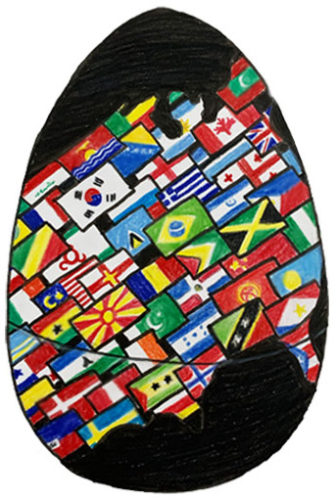
Cultures nested in language. An ancient but renewed clannishness and demonization of our fellow human beings, fueled by social media, pits Americans against one another. Racism and xenophobia disparage cultural diversity, while anti-immigrant policies seek to strangle multiculturalism and cultural variety – a variety that has thankfully been replenished by successive waves of new immigrants who, since our nation’s founding, have been one of the most important wellsprings of our distinctly American creativity and renewal.
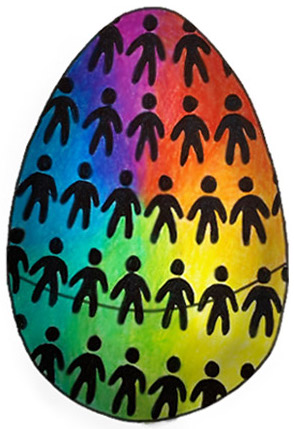
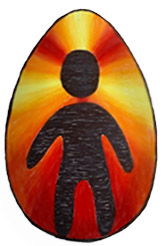
Communities nested in cultures. Our local communities are threatened with gentrification that erodes the economic, age, ethnic and cultural diversity of neighborhoods, often tearing apart the fabric of community.
Individuals nested in communities. And then there’s you and me, the nested individuals.
Today, corporations are continually merging into larger and larger entities and increasingly dominating both the global economy and our individual lives with their relentless adherence to the bottom line. On the global scale, they are willing to sacrifice the planet for profit, but their assault affects us on a subtle, personal level as well. If they can put you and me in boxes, know what we watch on YouTube, try to sell us anything we’ve ever googled, they can customize their marketing such that they can shape our tastes and nudge us into market categories, slowly shaping who we are and how we behave. Capitalism runs on homogenization.
In this new world era, governments are viewed as corporations (small ones at that), and we the people not as citizens, but as consumers. The nuances of art threaten to become simply “content” produced by “creatives” for large corporate entities. From their perspective, minority languages, climate change, diverse cultures, and individuals with unique tastes and personalities are simply hindrances or distractions brushed aside for short term gain.
So, as poet Mary Oliver asks, “What is it you plan to do with your one wild and precious life?” Our job as individuals is to push back, to fight against an assault on the nested layers of our civilization: for a clean planet that sustains diverse life forms, for diverse languages, for diverse cultures, and for diverse communities and families, while at the same finding meaning in our limited time on earth. On top of everything else, our job must also be to protect, maximize, and treasure our own personhood. In the virtual world, people live on their phones rather than in physical places, and develop relationships online rather than with the their neighbors. In this new world where we are continually bombarded with ever-more-subtle advertising, we are tasked with sustaining our sentience, interiority, and free will. “There will be no one like us when we are gone,” wrote British neurologist, naturalist, and historian of science Oliver Sacks when he was diagnosed with terminal cancer, “but then there is no one like anyone else, ever. When people die, they cannot be replaced. They leave holes that cannot be filled.”
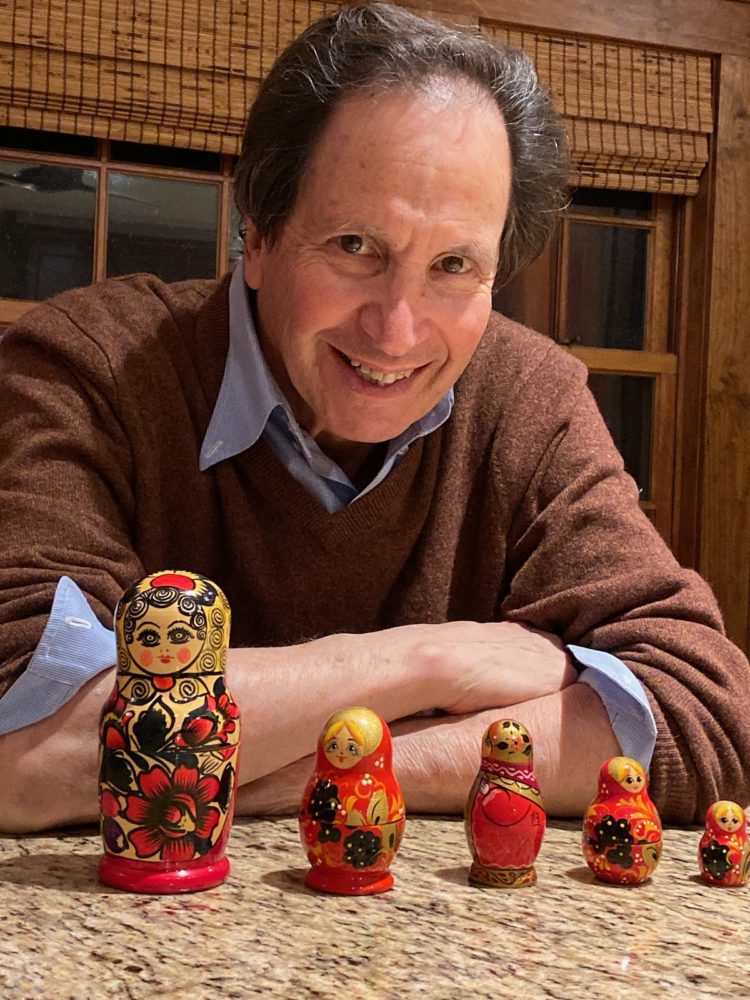
In spite of everything, I still believe that there will always be people in search of authentic experiences, art forms, and traditions, created and shared person to person, expressions of individuality nested within cultures and traditions. People will return to those experiences because that’s where meaning lies. It is there that personal, family, community, cultural, and linguistic diversity is expressed. That’s why City Lore is still here—you can access that distinctiveness and singularity by attending any of our programs.
In addition, the work that we and our colleagues in folklore and related fields do and have done to document and preserve folk and community traditions can serve as touchstones for the creativity of future generations. Today, you can find yourself in the diverse cultures, communities, and languages that we share at City Lore. The deeply rooted experiences may give us the tools and reasons to fight back.
My hope for the future is bound up with language and an appreciation of cultural diversity. Is that more important than world peace? Perhaps not. Yet if the planet ever does become a “peaceable kingdom,” here’s hoping it’s not because we have been corporatized into sameness but because we have learned to communicate across differences.



